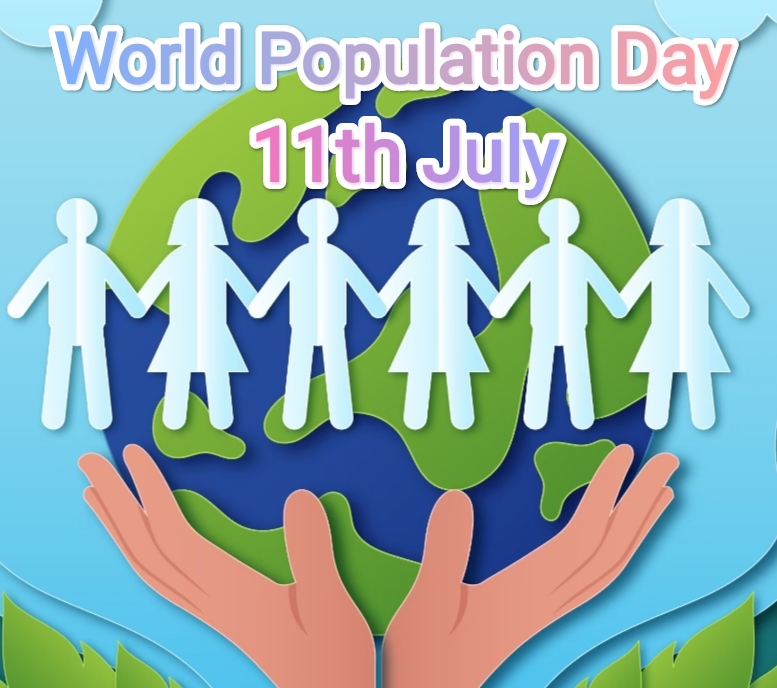World Population Day: (11th July) Shaping a Sustainable Future

World Population Day: Shaping a Sustainable Future

Introduction:
Every year, on July 11th, the world comes together to observe World Population Day. This significant day was established by the United Nations in 1989 as a means to raise awareness about the global population’s challenges, health issues, as well as the importance of reproductive health and family planning. With the global population rapidly increasing, it becomes crucial to address these concerns and work towards creating a sustainable future for all.
Understanding the Global Population Challenge:
The world’s population has been steadily increasing over the past few centuries, reaching a staggering 7.9 billion people as of 2021. With estimates suggesting that the population could reach 9.7 billion by 2050, it is essential to comprehend the implications this holds for various aspects of our lives, including resource availability, climate change, food security, and economic stability.
Resource Scarcity and Environmental Impact:
As the global population expands, so does the strain on the earth’s finite resources. Water scarcity, deforestation, pollution, and increased greenhouse gas emissions are pressing issues linked to population growth. To safeguard our planet’s future, it is imperative to implement sustainable practices that promote resource conservation, reduce wasteful consumption, and embrace renewable energy sources.
Addressing Health and Quality of Life:
Ensuring access to quality healthcare, education, and basic amenities for all individuals is key to achieving a sustainable future. World Population Day emphasizes the importance of reproductive health rights and informs people about the available family planning options. Providing comprehensive reproductive healthcare can result in reduced maternal and infant mortality rates, improved overall health, and increased opportunities for economic growth and development.
Empowering Women:
Empowering women plays a pivotal role in managing population growth. When women have access to education, healthcare, and economic opportunities, they often make reproductive choices that lead to planned pregnancies and smaller family sizes. Promoting gender equality, providing equal opportunities, and amplifying women’s voices are steps towards ensuring a sustainable population balance.
Youth and Education:
Investing in quality education for the younger generation is vital as they are the future custodians of our planet. Equipping them with the right knowledge, skills, and awareness about population issues allows them to make informed decisions. Comprehensive sexuality education and raising awareness about reproductive health help young people understand the implications of their choices and contribute towards building a sustainable future.
Building Sustainable Cities:
Growing population densities in urban areas pose unique challenges related to housing, sanitation, transportation, and healthcare. It becomes crucial to plan and design cities in ways that ensure access to basic amenities, promote green spaces, and apply sustainable infrastructure practices. By investing in smart urban planning and sustainable development, we can create livable cities capable of accommodating the growing population without further strain on resources.
Conclusion:
World Population Day serves as a reminder that the dynamics of our growing population impact every facet of our lives, from the environment to education, healthcare, and urban development. To shape a sustainable future for ourselves and future generations, it is essential to prioritize reproductive health and rights, empower women, educate the youth, and implement sustainable practices at individual, community, and governmental levels. Together, we can work towards a world where population growth aligns with sustainable development and the conservation of our planet’s precious resources.
We all should be aware of this
The world’s population has been steadily increasing over the past few centuries, reaching a staggering 7.9 billion people as of 2021. With estimates suggesting that the population could reach 9.7 billion by 2050, it is essential to comprehend the implications this holds for various aspects of our lives, including resource availability, climate change, food security, and economic stability.



